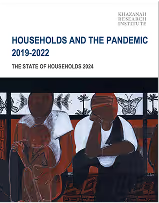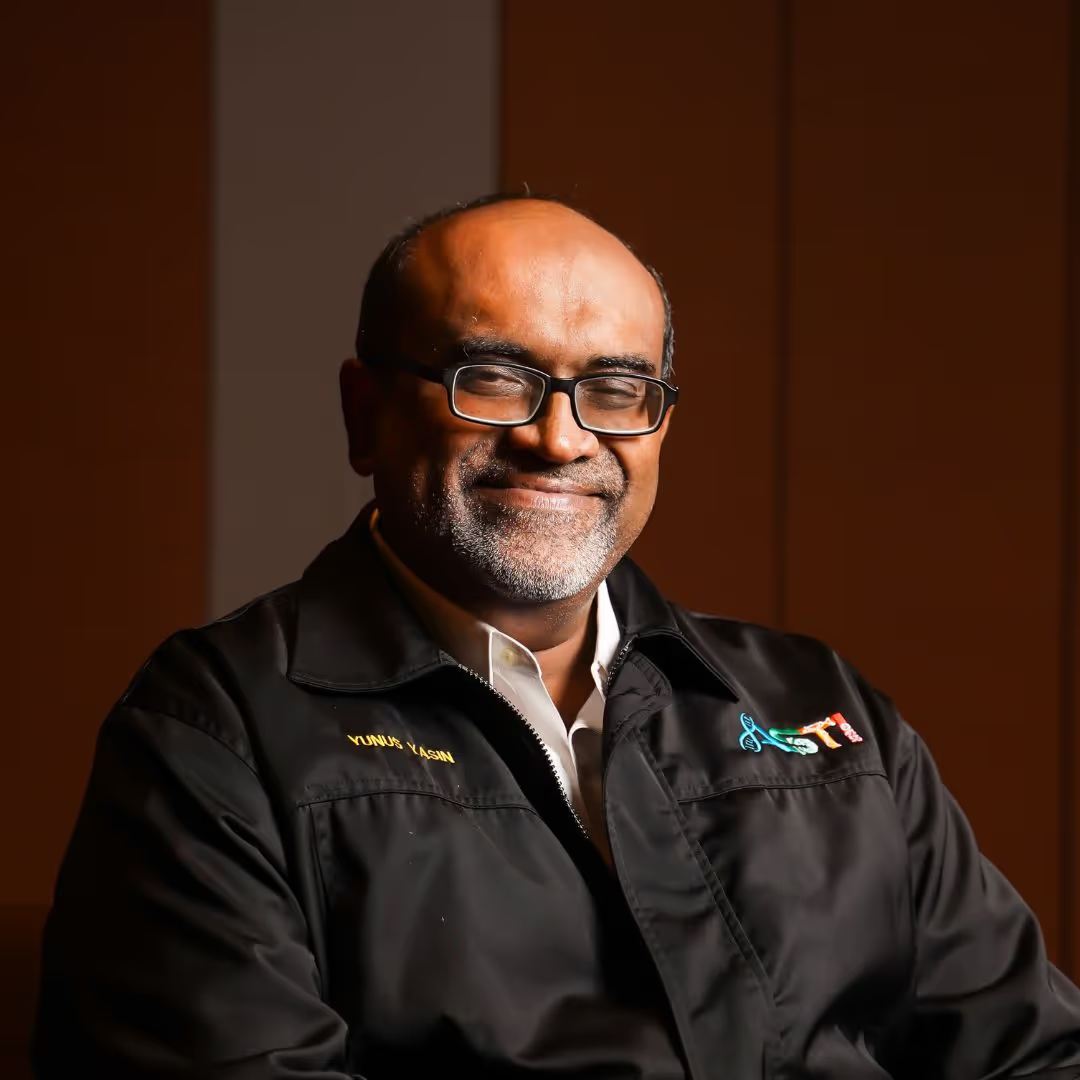
Are We Solving the Real Problem?
Recently, I was invited to speak at a university conference as part of a two-person panel. Each of us was allotted 20 minutes, followed by an open discussion. The venue was a standalone hall with a high, sky-facing roof, a beautiful space, but acoustically vulnerable. Unfortunately, our session was scheduled right after lunch, during that ‘sleepy’ hour when blood flow is busy aiding digestion and minds drift into a post-meal haze. There is a reason some cultures embrace the afternoon siesta, and rightly so.Just before we began, the skies opened up. Torrential rain pounded the roof with such force it felt as if someone were pouring water from a giant bucket directly above us. The first speaker took the stage, but the sound of the rain drowned out his voice. He lost the audience from the get-go.Then it was my turn. As I began speaking, I could barely hear myself. I raised my voice, then raised it more, until I was practically shouting. My throat grew sore, but I assumed it was worth it if the audience could hear me. Ten minutes into my talk, the rain stopped. Yet I continued shouting.
Later, during the discussion, I was coughing and my throat still ached. No amount of water helped. I was asked a question about solving environmental problems, and in that moment, something clicked: I had been shouting for the entire 20 minutes, even though the rain had stopped halfway through. I had persisted with an outdated solution long after the problem had disappeared.Why? Partly because I was not attuned to my surroundings in real time. Partly because, once I had committed to a path, I did not want to change course. I am still reflecting on other reasons for this persistence, especially with a solution that caused pain long after the fact.If this can happen to an individual in a matter of minutes, how much harder must it be for large organizations managing complex systems like governments or corporations. How would they adapt when circumstances change? Especially when the problem is not clearly defined, or when people disagree on what the symptoms even are.We often blame bureaucracy for resistance to change. And yes, it plays a role. But perhaps there is more to it. Perhaps we need to rethink how we analyze problems, not just the solutions, but the timing, the context, and our willingness to adjust when the problem stops.
The Education System: An Example of Solving the Old Problem
What is the modern education system? I define it as a government-led, school-based, classroom-centered, and largely instructional mass education model. Students enter in batches, typically divided by age, the simplest and most definitive method of categorization. This approach leaves little room for debate and is easy to implement, especially for large bureaucratic institutions.The American Constitution speaks of the right to pursue happiness. Most democratically elected governments would agree that one of their primary roles is to enable this pursuit, often measured through the health of the economy. Economic metrics are more straightforward, one dollar holds the same value regardless of race or religion. This simplicity and measurability make it easier to implement policies and track progress.With the onset of the Industrial Revolution, governments began tailoring education systems to meet industrial needs. Whether or not this was the ideal solution, they at least defined the problem clearly, even if not everyone agreed with their definition. But times have changed, and so have our circumstances. It does not take a rocket scientist to recognize that the problems we face today have evolved and continue to change at an accelerated pace. Yet, the solutions remain largely the same.This is a classic example of a mismatch: the problem has changed, but the solution still addresses the old one.
The Cobra Effect: When Solutions Deepen the Problem
In the early 1900s, British colonial authorities in India faced a deadly crisis: cobra bites were claiming countless lives. To curb the threat, they introduced a bounty system by offering cash rewards to citizens who submitted dead cobras.Initially, the initiative appeared to work. Cobra-related deaths declined as people hunted and killed the venomous snakes. But the scheme soon took an unexpected turn.As the wild cobra population dwindled, enterprising individuals began breeding cobras solely to kill them and collect the reward. The number of dead cobras submitted surged, not because the wild population was being eradicated, but because it was being artificially replenished.Eventually, the authorities caught on and abruptly ended the program. But without the incentive, breeders had no reason to maintain their stock. They released the cobras into the wild and the original problem returned, possibly worse than before.This episode became a textbook example of a well-intentioned policy backfiring due to misaligned incentives. Today, this is known as the “Cobra Effect” – reminder that solutions can sometimes deepen the very problems they aim to solve.It underscores the importance of properly identifying the problem, considering solutions holistically, and designing implementation methods with care. Economist Charles Goodhart famously warned, “When a measure becomes a target, it ceases to be a good measure.”In this case, the reward was tied to the wrong metric: the number of dead cobras. That measure became the goal, and the incentive which was meant to solve the problem ended up fueling it instead. The lesson? Perhaps, the incentives should be based on outcomes, not inputs. (Though exceptions exist, such as in the recycling industry.)To avoid similar pitfalls, policymakers must work harder to define meaningful outputs. Deadlines, reviews, and limits such as capping rewards to a fixed period, can help ensure that solutions remain aligned with their intended goals.
The Bomber Plane Paradox: Seeing What’s Missing
Consider this lesson from World War II. The U.S. military faced a dire challenge: nearly half of all bomber pilots did not survive a full tour of duty. Their planes were crashing. Engineers could not armor the entire aircraft since it would be too heavy to fly. So, they had to decide which parts to reinforce. Commanders observed that returning planes had bullet holes in specific areas and assumed those were the most vulnerable. It made perfect sense: the parts most damaged were presumed to be the parts most at risk. So, they reinforced those areas. Yet the solution did not work. Planes were still being lost at the same rate. Statistician Abraham Wald later pointed out a critical flaw in their reasoning. They were only studying the planes that made it back. The bullet holes showed where damage could be sustained without fatal consequences. The real danger lay in the areas that showed little or no damage because planes hit there never returned. Wald’s insight changed the strategy and saved lives. This story illustrates a vital point: we must be careful not to misdiagnose the problem and be aware of the data sets from which we draw our conclusions.
The Power of Convergence: People, Timing, and Tools
The History Channel once aired a documentary series called Man, Moment, Machine, hosted by Hunter Ellis. Each episode explored pivotal events in history through three interwoven lenses: the individual involved (“the man”), the surrounding circumstances (“the moment”), and the enabling technology (“the machine”).The central thesis of the series was simple: these three elements must converge for a major historical outcome to occur, regardless of triumph or tragedy.For example, take Gandhi. He is remembered as a transformative figure not only because of his character and convictions, but also because he lived during a period of intense unrest in British India. His influence might have been very different, or perhaps not possible at all, had any of these factors been altered.The lesson is clear: outcomes emerge when the capable person meets the right moment, with the means and tools to act, keeping in mind that yesterday’s solution could be today’s problem. All problems should be analyzed using this tri-factor of circumstances.
Proper Diagnosis for Effective Solutions
During my PhD studies, I participated in a biotech competition (called the YES programme) aimed at helping researchers commercializing their research. Most entries focused on diagnostics, how to identify diseases. That is when I realized something fundamental: diagnosis is the core responsibility of a doctor. The solution might involve machines built by engineers or drugs developed by biochemists and biotechnologists, but it all begins with correctly identifying the problem. Diagnosis is the doctor’s domain and their primary task.So how do we know whether we are solving the right problem? If a solution is implemented and the problem persists, there are two possibilities: either the solution is flawed, or the problem was misdiagnosed. Too often, we blame the solution and its providers, overlooking the possibility that we have misunderstood the issue itself.In education, this kind of misdiagnosis is common. In Malaysia, as in many other countries which includes those ranked among the best in education, people frequently criticize the system and its stakeholders. But perhaps we need to ask deeper questions: Are we solving the right problem? Have we truly and holistically understood it?We often say we want to emulate the world’s best education system, that of Finland. But do we have the right champion to lead such a transformation? Are we culturally and structurally ready for it? Are we asking the right people for the solution? Just as doctors and nurses are central to healthcare, so are headmasters and teachers to education.
Moving forward
To move forward, we must ask the right questions to the right people, those who can offer answers grounded in a tri-factor perspective: the individual, the context, and the enabling tools. And finally, we must find leaders who can synthesize these perspectives into actionable, sustainable change.















